Table of content
The world of tea is a tapestry woven with diversity, where each thread represents a unique variety, processing method, and cultural significance. Among the myriad questions tea enthusiasts and novices alike ponder, one stands out: Is white tea green tea? At first glance, the answer might seem straightforward, but a deeper dive into botany, processing techniques, and cultural practices reveals a nuanced landscape. This article explores the intricate relationship between white tea and green tea, dissecting their origins, production methods, and distinctive traits to clarify whether they belong to the same category or occupy separate realms in the tea universe.
Botanical Origins: The Shared Ancestry
To address the query, one must first acknowledge that both white tea and green tea originate from the same plant species: Camellia sinensis. This evergreen shrub, native to East Asia, serves as the foundation for all “true” teas, including black, oolong, pu-erh, and the two under examination. The genetic unity of these teas often fuels confusion, as differences emerge not from the plant itself but from how its leaves are harvested and processed.
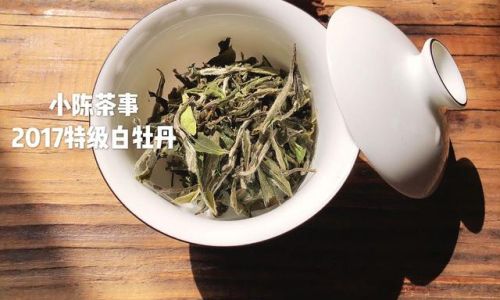
Camellia sinensis has two primary varietals: sinensis (small-leaf) and assamica (large-leaf). While green tea is traditionally crafted from both varietals, white tea is predominantly associated with the sinensis varietal, particularly in its birthplace of Fujian Province, China. This geographical and botanical link underscores their shared heritage, yet it is merely the first chapter in their divergent stories.
Processing Methods: The Art of Transformation
The critical distinction between white tea and green tea lies in their production processes. Each step—from plucking to packaging—shapes the tea’s flavor, appearance, and chemical composition.
White Tea: The Epitome of Minimalism
White tea is the least processed of all tea categories, earning it the moniker “nature’s gift.” The production process is elegantly simple:
- Harvesting: Only the youngest leaves and unopened buds are hand-picked, typically in early spring. The most prized white teas, like Silver Needle (Bai Hao Yin Zhen), use only the buds, which are covered in fine white hairs—hence the name “white” tea.
- Withering: Freshly picked leaves are spread out in a cool, humid environment to wither. This step reduces moisture content and initiates enzymatic changes, but unlike green tea, oxidation is not halted here. Instead, it is allowed to proceed very slowly, often under controlled conditions.
- Drying: The withered leaves are dried, usually using gentle heat or sunlight, to prevent further oxidation. This step is crucial in preserving the tea’s delicate flavor and antioxidants.
The result is a tea with a subtle, floral aroma and a pale, almost colorless liquor. The minimal processing ensures that white tea retains high levels of catechins, particularly epigallocatechin gallate (EGCG), and polyphenols, which are linked to numerous health benefits.
Green Tea: The Preservation of Freshness
Green tea, by contrast, undergoes a more interventionist process designed to halt oxidation entirely. The steps include:
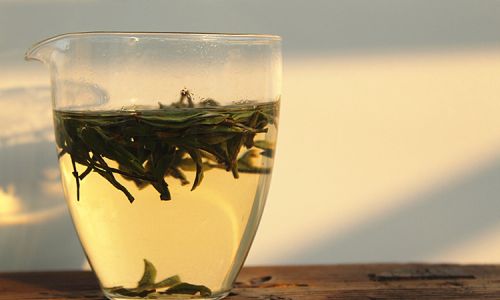
- Harvesting: Leaves are plucked when they are young and tender, often including a bud and two leaves.
- Withering (Optional): Some green teas undergo a brief withering period to soften the leaves, but this is shorter than in white tea production.
- Fixation (Kill-Green): The defining step in green tea production is fixation, where enzymes responsible for oxidation are deactivated. This is achieved through pan-frying (as in Chinese green teas like Longjing) or steaming (as in Japanese sencha).
- Rolling/Shaping: The leaves are rolled to break cell walls, release flavors, and shape them into forms like needles or pellets.
- Drying: The final step removes remaining moisture, ensuring stability and shelf life.
The fixation process locks in the tea’s vibrant green color and grassy, vegetal flavor profile. While green tea also retains antioxidants, its chemical composition differs slightly from white tea due to the heat applied during fixation.
Appearance, Flavor, and Aroma: The Sensory Divide
The aesthetic and gustatory experiences of white tea and green tea could not be more distinct, further emphasizing their uniqueness.
Visual Contrasts
- White Tea: The dried leaves are silvery-gray or pale green, with a downy texture from the fine hairs on the buds. When brewed, the liquor is nearly clear or very pale yellow, resembling straw.
- Green Tea: Leaves range from bright green to dark emerald, depending on the varietal and processing. The brewed liquor is typically yellowish-green to jade, reflecting the chlorophyll preserved during fixation.
Taste Profiles
- White Tea: Delicate, subtle, and often described as floral, honeyed, or mildly sweet. The flavor is light-bodied, with minimal astringency.
- Green Tea: Bold, grassy, and vegetal, with notes of seaweed, chestnut, or toasted rice. Some green teas, like Japanese gyokuro, offer a rich umami flavor due to shade-growing practices.
Aromatic Nuances
- White Tea: Fragrant with hints of cucumber, melon, or fresh hay.
- Green Tea: Aromatic with grassy, marine, or roasted undertones.
Chemical Composition: A Battle of Antioxidants
Both teas boast impressive antioxidant profiles, but the specific compounds and their concentrations vary.
- White Tea: Higher in catechins like EGCG, which are potent antioxidants. Some studies suggest that minimal processing preserves more of these compounds compared to green tea.
- Green Tea: Contains EGCG as well, but in slightly lower concentrations due to heat exposure during fixation. However, green tea is rich in other polyphenols and amino acids like L-theanine, which contribute to its brisk, refreshing taste.
The difference in antioxidant levels is subtle, and both teas offer health benefits, including improved heart health, metabolic support, and anti-inflammatory effects.
Cultural Significance: Traditions and Rituals
The cultural contexts of white tea and green tea further highlight their individuality.
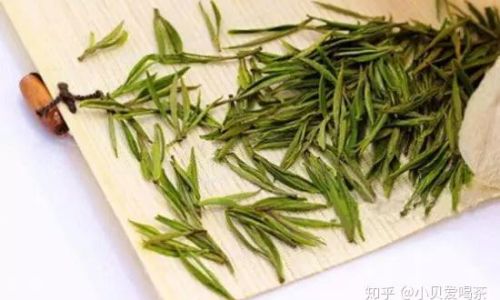
White Tea: A Royal Heritage
White tea has a storied history in China, dating back to the Tang Dynasty (618–907 CE). It was initially reserved for emperors and nobility, earning it the nickname “the tea of immortality.” Today, it remains a symbol of refinement, often served in ceremonies celebrating purity and simplicity.
Green Tea: The Zen Companion
Green tea is deeply intertwined with Zen Buddhism and Japanese tea ceremonies (chanoyu), where it symbolizes harmony, respect, and tranquility. In China, green tea is integral to daily life, consumed for its invigorating properties and cultural symbolism.
Common Misconceptions: Debunking the Myths
The confusion between white tea and green tea stems from several misconceptions:
-
“White tea is just young green tea.”
While both use young leaves, the processing methods are distinct. White tea’s lack of fixation and minimal handling set it apart. -
“All light-colored teas are white tea.”
Some green teas, like Japanese gyokuro, have a pale liquor but are still classified as green tea due to their fixation process.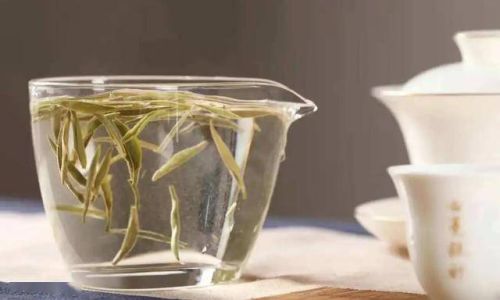
-
“White tea is weaker in flavor than green tea.”
White tea’s subtlety is often mistaken for weakness, but it offers a complex flavor profile that unfolds gradually with each infusion.
Brewing Techniques: Unlocking Their Potential
To appreciate the differences between white tea and green tea, one must master their brewing nuances.
-
White Tea:
- Use water at 175–185°F (80–85°C) to avoid scalding the delicate leaves.
- Steep for 2–3 minutes for a mild flavor, or longer (up to 5 minutes) for a richer taste.
- Pair with porcelain or glass teaware to admire the unfurling leaves.
-
Green Tea:
- Opt for slightly cooler water (160–180°F or 70–80°C) to prevent bitterness.
- Steep for 1–3 minutes, adjusting time based on leaf size and personal preference.
- Ceramic or clay teapots are ideal for retaining heat and enhancing flavor.
Health Benefits: A Comparative Overview
Both teas offer a wealth of health-promoting compounds, but their profiles differ:
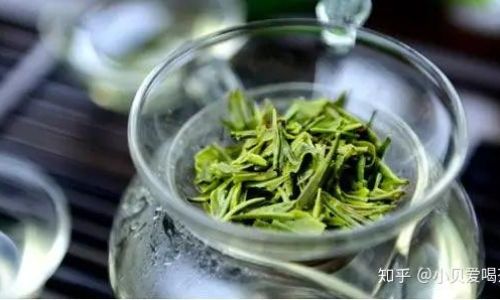
| Benefit | White Tea | Green Tea |
|---|---|---|
| Antioxidants | High in EGCG and polyphenols | Moderate EGCG, rich in L-theanine |
| Heart Health | Lowers cholesterol, improves circulation | Reduces blood pressure, prevents plaque |
| Metabolism | Boosts fat oxidation | Enhances calorie burning |
| Mental Clarity | Mild caffeine for focus | L-theanine for calm alertness |
The Verdict: Separate but Equal
In conclusion, white tea and green tea are not the same. While they share a botanical origin, their processing methods, sensory profiles, and cultural roles distinguish them as unique entities within the tea world. White tea’s minimalist approach preserves its ethereal character, while green tea’s fixation process captures the essence of freshness.
For tea drinkers, this distinction is more than academic—it’s a gateway to exploring the vast spectrum of flavors and traditions that tea offers. Whether you prefer the delicate whisper of white tea or the vibrant roar of green tea, both beverages invite contemplation, enjoyment, and a deeper connection to the art of tea.
So, the next time someone asks, “Is white tea green tea?” you can confidently reply: “They are siblings from the same tea family, each with its own story to tell.”



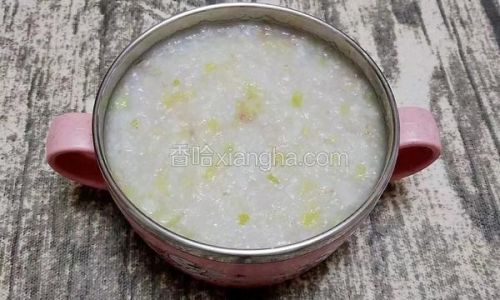
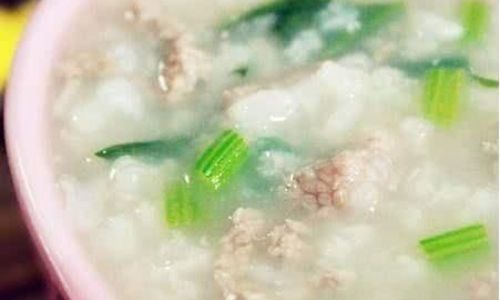
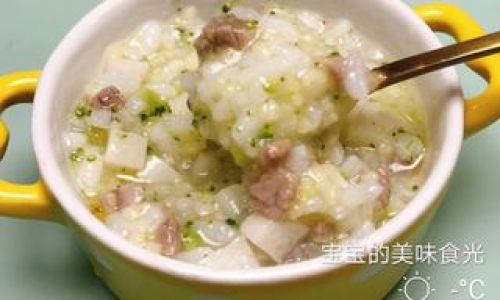
0 comments